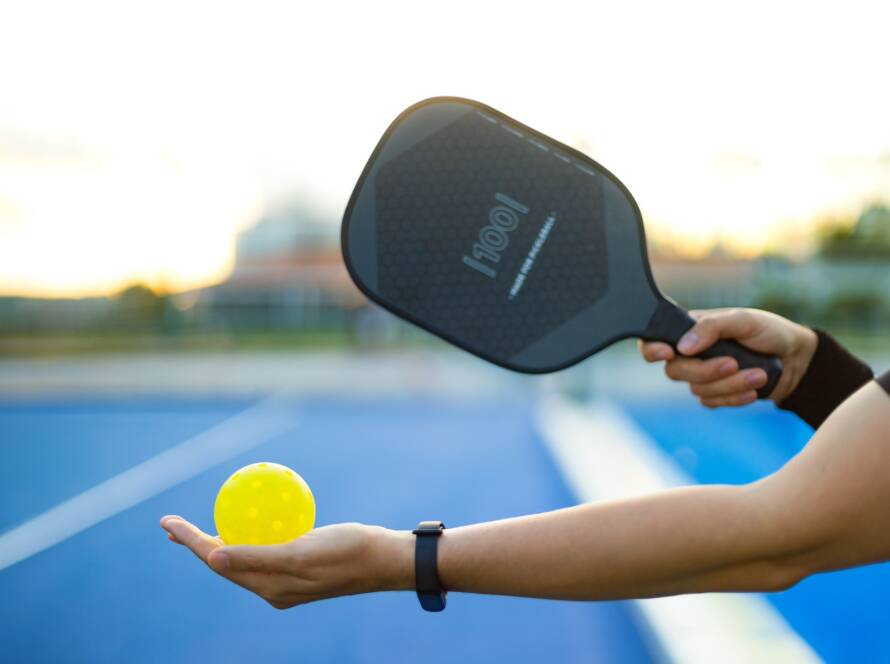As pickleball’s popularity explodes across America, so too does the rise in common pickleball injuries, with emergency rooms reporting a stunning 85.7% increase in pickleball-related visits between 2019 and 2022. From weekend warriors to competitive seniors, players of all levels are discovering that this seemingly gentle sport can pack an unexpected punch when it comes to injury risk. Whether you’re concerned about the sprains and strains that account for nearly 30% of all pickleball injuries or the troubling fracture rates among older adults, understanding these risks isn’t just about statistics—it’s about protecting your ability to stay in the game you love. This comprehensive guide dives deep into the most common pickleball injuries, offering evidence-based prevention strategies and insights to help you play smarter, safer, and longer.
Understanding Common Pickleball Injuries
Pickleball’s explosive growth, particularly among adults over 50, has led to an increase in related injuries. According to recent statistics, emergency room visits for pickleball injuries have risen significantly as more people take up this engaging sport.
Most Common Pickleball Injuries
The leading types of pickleball injuries include:
- Strains and sprains (28.7% of all injuries)
- Fractures (27.7% of injuries)
- Contusions and abrasions
- Lower extremity injuries
- Upper body injuries
Lower Body Injuries
Common lower body injuries include:
- Ankle sprains from quick directional changes
- Knee strains from sudden stops
- Achilles tendon injuries
- Hip flexor strains
Upper Body Injuries
The most frequent upper body injuries involve:
- Wrist fractures from falls
- Rotator cuff strains
- Tennis elbow
- Shoulder impingement
Injury Risk Factors
Several factors contribute to pickleball injury risk:
- Age (players 50+ are most vulnerable)
- Poor warm-up routine
- Inadequate footwear
- Improper technique
- Court surface conditions
- Dehydration
Prevention Strategies
Equipment and Gear
- Wear court-specific athletic shoes with good grip
- Use properly sized paddles
- Consider protective eyewear
- Wear moisture-wicking clothing
Proper Warm-up
Essential warm-up components include:
1. Dynamic stretching
2. Light cardiovascular activity
3. Practice shots and movements
4. Joint mobility exercises
Conditioning Tips
Maintain fitness through:
- Regular strength training
- Balance exercises
- Flexibility work
- Cardiovascular conditioning
When to Seek Medical Care
Contact a healthcare provider if you experience:
- Severe pain or swelling
- Inability to bear weight
- Persistent joint instability
- Numbness or tingling
- Limited range of motion
Recovery Guidelines
Follow these steps after injury:
1. Rest and ice the affected area
2. Compress to reduce swelling
3. Elevate when possible
4. Gradually return to activity
5. Follow medical advice
Injury Prevention Best Practices
- Listen to your body and respect its limits
- Stay hydrated before, during, and after play
- Take regular breaks during extended play
- Maintain proper court positioning
- Use appropriate technique for shots
Visit Pickleball Athletic Club for professional instruction and injury prevention guidance. Our experienced staff can help you develop safe playing habits and proper technique. Contact us to learn more about our training programs and injury prevention services.


